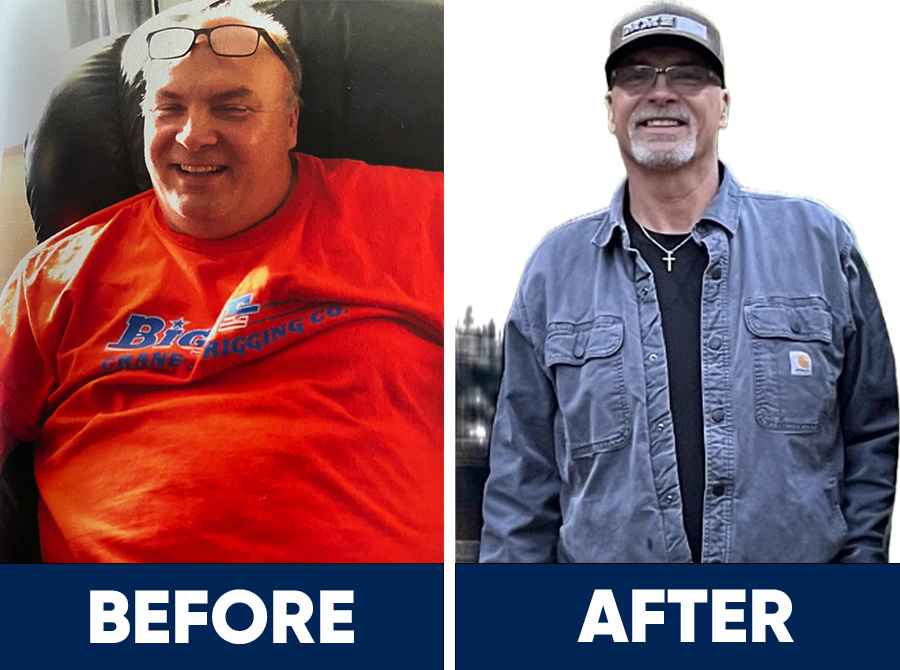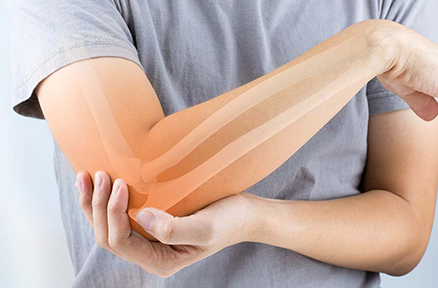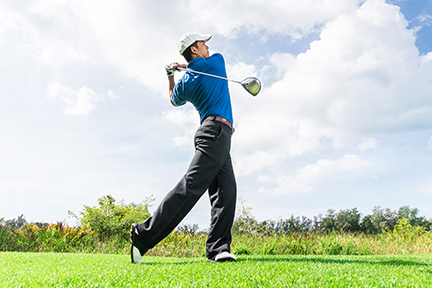Parents, it is important to talk to your kids about proper backpack use to avoid possible back problems in the future–and all you adult backpackers should also listen up.
With school starting up, it seems that every student is strapping on a new one. And it’s not just kids: adults are backpacking computers, personal items and using backpacks as a briefcase. When used correctly the backpack can be a great way to carry many items during the school day or to work.
But the problem with backpacks usually begins with children developing bad habits. I most often see that students are wearing the bag for fashion and not function, which can cause some serious back problems. Another common problem that can lead to a back injury, including the shoulders and neck, is when the backpack is too heavy.
According to the American Occupational Therapy Association (AOTA), more than 79 million children and young adults in the United States carry a backpack to school every day. Of those students, experts estimate that 55 percent of them are carrying too much weight.
According to the NIH, students carried on average over 15% of their own body weight, which caused biomechanical and physiological adaptations that could increase musculoskeletal injury risk, fatigue, redness, swelling and discomfort.
These numbers remind us of the importance of talking with our children about the consequence of having a backpack that is too heavy or that is not worn properly. Parents should talk to their children and ask them if they are experiencing any of the following symptoms:
- Aching back and shoulders.
- Tingling arms or legs.
- Weakened muscles.
- Stooped posture.
If your child is experiencing continuous back pain or numbness in his or her extremities, you should get your child to a doctor. Same goes for adults.
Schedule an appointment for your child’s back pain today
Choosing a backpack to avoid back problems
These days you can get a backpack in all different colors and designs, but that should not be the only thing you are looking at when it comes to picking out a new backpack. You want a backpack that will reduce the chance for back problems, so look for one that has the following features:
- Two wide, padded, adjustable shoulder straps.
- Waist or chest strap.
- Padded, structured back.
- Lightweight backpack.
- No wider than the student’s chest.
- Several compartments.
Rolling backpacks can be an alternative to avoid heavy backpacks. But if the child’s school has a lot of stairs, he or she may need to carry the bag, which could still cause back pains if the student is not always using proper lifting techniques. These backpacks with wheels can also be a large tripping hazard.
It is important to not only pick a proper backpack, but you must also wear it correctly to get the full benefits. To prevent back injury, talk with your child and be sure he/she is doing the following when wearing a backpack:
- Use both shoulder straps to help distribute the weight equally across the back.
- Tighten the straps so that the backpack is closer to the back and not sagging down.
- Keep the backpack as light as possible. According to the AOTA, the back should weigh no more than 10 percent of the student’s body weight. When carrying heavier items, place them in the center of the backpack closest to the back. When needing to make a backpack lighter, the student can carry a book/books by hand.
- Encourage your children to use their locker instead of carrying around the entire days’ worth of books in their backpack. In the morning, remind them to only bring home the needed books for homework and leave the rest in their locker.
- If your child is constantly needing to carry multiple textbooks, talk to the school. Work with school officials to find a solution to lessen the student’s load. Ideas to help with this include, more time between classes to access the lockers, putting some books on the school’s website and using paperback books.
Proper way to put on a backpack
Now that you have a backpack that will provide the best support, it is important to learn how to put it on to avoid injuring your back. To properly put on a backpack, be sure to bend and lift with the knees to pick it up instead of bending at the waist.



